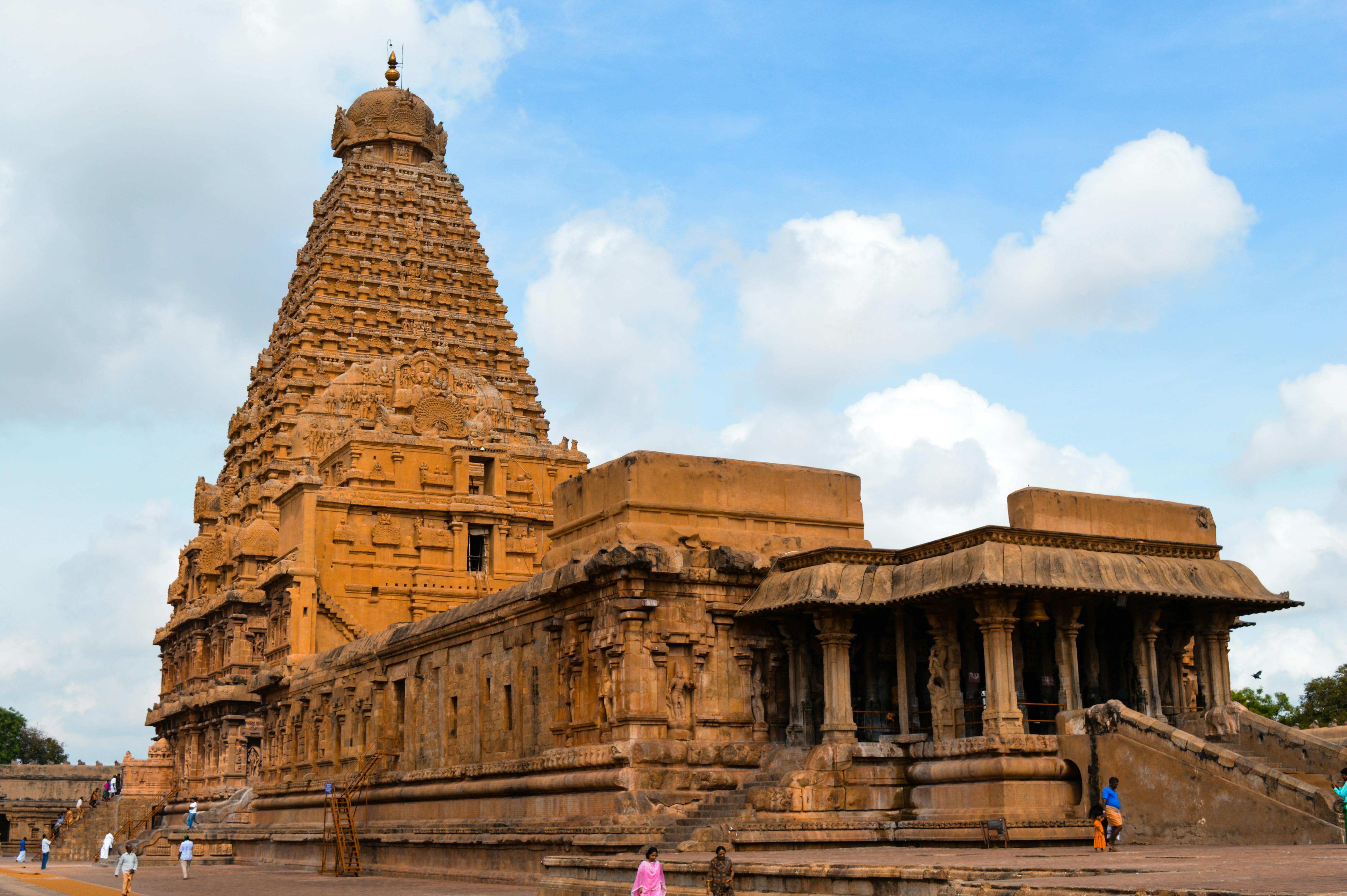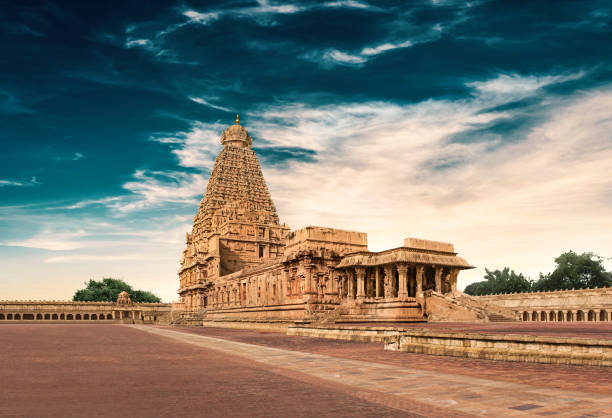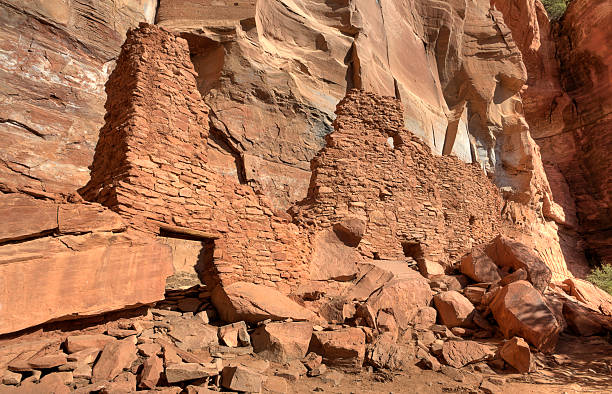The Brihadeshwara Temple, also known as the Tanjore Brihadeeswara Temple or Periya Kovil, is a UNESCO World Heritage Site located in Thanjavur (formerlyTanjore), Tamil Nadu, Southern State of India. Known for its significant artwork and sculpture (Including Gopurams and main Shrines) which are more attractive factors in this temple. Its ancient architectural brilliance and cultural values welcomes thousands of visitors throughout the world.
Related Search: Madurai Meenakshi Temple, Madurai, Tamil Nadu, India.
Here are some key details about the Temple
1. History
This temple is dedicated to Lord Shiva, which was built between 1003 and 1010 CE by King Rajaraja Chola 1. Popularly called “Big Temple”, witnessed as the hub of religious, cultural, and economic activities during Cholo Dynasty. In 2010, Bruhadeshwara temple celebrated its 1000th year and today the temple tries to symbolize the country’s great culture and traditions.
2. Architecture
Thanjavur Brihadeeswara Temple is made according to the basis of Dravidian Architecture. The total height of this temple is around 200 feet and the main shrine of this temple is the highest pyramid shrine in south India. Vimana (Main Shrine) is around 66 meters high, considered one of the top structures during the Chola period. You will see a good number of paintings and sculptures that show carvings, frescoes, and pictures of Ramayana and Mahabharata and other mythological events.
3. Temple Complex

Recognized as a UNESCO World Heritage site, Brihadeshwara temple spreads over 29 acres of land including multiple gopuras. The Temple complex includes the main temple (Includes Gopuras), Nandi Mandapa, (Nadi Sculpture), Gopurams (Tower gateways), and other smaller shrines. Its main temple is covered by a large rectangular fortified wall, Called Prakara, with ornate entrance gates.
Indiana Pacers Logo and Taglines.
4. Architecture Highpoints

Tanjavoor Brihadeswara temple itself is a symbol of iconic artwork. We can see a good number of artistic masterworks like massive Nandi sculptures containing about 25 tons of weight carved in single stones. This temple includes other inner walls depicting pictures and sculptures of different gods and goodness. Hindu mythology, saints, dancers, and animal paintings are must-watch paintings here.
5. Cultural Significance

Temple is not just known for its worship as well as it is a great platform for cultural hubs. As we said earlier it holds numerous paintings, sculptures, and idols which attract devotees, tourists, historians, and artists around the globe.
6. Festivals

Yearly or occasionally, temples celebrate various religious festivals. The most important festival “Maha Shivaratri” is primarily dedicated to Lord Shiva. This festival attracts a large number of devotees from around the world, especially during the month of February. Festivals celebrated through music, and dance performances.
Want to Enjoy Maha Shivrathri at Isha Foundation.
7. Conservation

This temple is an example of many renovations and restoration activities over the years to protect and secure the temple’s architecture. The authority has taken many timely measures to save the temple from vicious environmental factors like pollution and bad weather conditions.
One of the worth visiting south Indian temples despite of many other Dravidian architecture which shows eye-catching artwork. Where you will feel both ancient Indian architecture and spirituality in order to consider India’s most iconic and most celebrated temple.
Related Articles: Statue of Unity, India.






